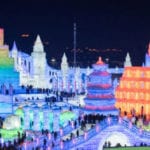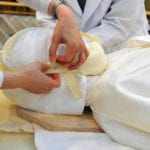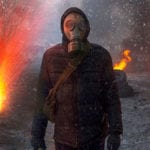 Humans
Humans  Humans
Humans  Animals
Animals 10 Animals That Humiliated and Harmed Historical Leaders
 History
History 10 Most Influential Protests in Modern History
 Creepy
Creepy 10 More Representations of Death from Myth, Legend, and Folktale
 Technology
Technology 10 Scientific Breakthroughs of 2025 That’ll Change Everything
 Our World
Our World 10 Ways Icelandic Culture Makes Other Countries Look Boring
 Misconceptions
Misconceptions 10 Common Misconceptions About the Victorian Era
 Mysteries
Mysteries 10 Strange Unexplained Mysteries of 2025
 Miscellaneous
Miscellaneous 10 of History’s Most Bell-Ringing Finishing Moves
 History
History 10 Great Escapes That Ended Right Back in Captivity
 Humans
Humans 10 Everyday Human Behaviors That Are Actually Survival Instincts
 Animals
Animals 10 Animals That Humiliated and Harmed Historical Leaders
 History
History 10 Most Influential Protests in Modern History
Who's Behind Listverse?

Jamie Frater
Head Editor
Jamie founded Listverse due to an insatiable desire to share fascinating, obscure, and bizarre facts. He has been a guest speaker on numerous national radio and television stations and is a five time published author.
More About Us Creepy
Creepy 10 More Representations of Death from Myth, Legend, and Folktale
 Technology
Technology 10 Scientific Breakthroughs of 2025 That’ll Change Everything
 Our World
Our World 10 Ways Icelandic Culture Makes Other Countries Look Boring
 Misconceptions
Misconceptions 10 Common Misconceptions About the Victorian Era
 Mysteries
Mysteries 10 Strange Unexplained Mysteries of 2025
 Miscellaneous
Miscellaneous 10 of History’s Most Bell-Ringing Finishing Moves
 History
History 10 Great Escapes That Ended Right Back in Captivity
Top 10 Incredible Facts About The Little Ice Age
We’ve all heard about the Ice Age which happened about 2.5 million years ago, but did you know there was also a Little Ice Age, which took place just a few centuries ago? This phenomenal change in climate saw temperatures plummeting across the globe. Rivers and seas froze, people starved to death and glaciers destroyed entire towns as they expanded at a crazy rate. This list explores some of the most incredible facts about this unusual period in time.
10 Cool Facts About The Ice Age
10 It wasn’t that little at all
The Little Ice Age lasted for over 500 years between approximately 1300 and 1850 AD. During this time, there were two especially cold periods, one lasting from 1300 to the late-1400s and the next from 1645 to the mid-1800s. During these periods, the average winter temperature in Europe and North America dropped to as low as 2°C, significantly colder than the average temperatures of these continents today.
In fact, it was so cold that the Baltic Sea froze over entirely and pack ice from the Arctic expanded so far south into the Atlantic that shipping to Iceland was made impossible. For 310 years, no ships could travel to Greenland. Many major rivers in Europe and North America froze too with heavy snowfalls lasting well into the spring months.
9 No one can agree on how or why it began
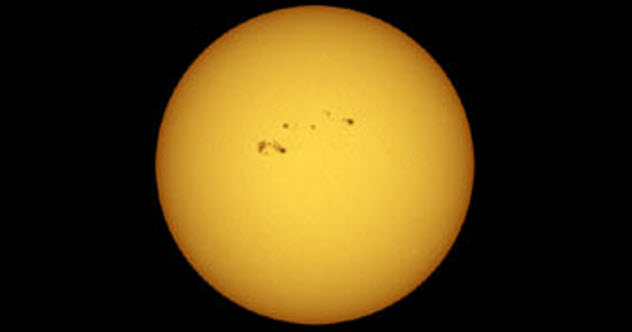
There are many differing theories as to how the Little Ice Age was triggered. Some point to the low level of sunspot observations made during this period. They claim that the lack of sunspots would have led to reduced solar radiation and, therefore, a cooler surface temperature of the earth.
Others claim that a series of massive tropical volcanic eruptions were the cause of the icy period. They suggest that these eruptions caused tiny particles called aerosols to enter the air. These aerosols reflected solar radiation from the sun back out of the Earth’s atmosphere, meaning that the sun did not have its normal warming effect on the globe.
Another theory suggests that the Little Ice Age may have actually been man-made. The arrival of European colonists in the Americas in the late-fifteenth century caused a mass spread of disease amongst native inhabitants. It is estimated that up to 56 million people died from diseases brought over by colonists. This meant that thousands of hectares of cultivated land was abandoned and reclaimed by nature. The mass reforestation led to a growth in CO2, which had a cooling effect on the Earth.
These are just some of the main theories for the occurrence of the Little Ice Age – many more exist, and scientists and historians continue to argue over which one is correct.
8 Expanding glaciers literally crushed entire towns
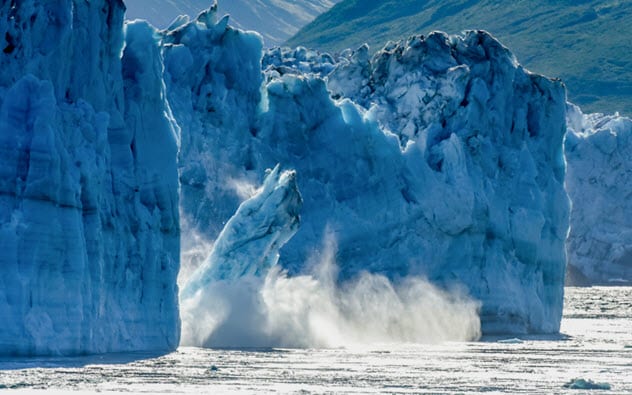
As the climate cooled, one of the most significant effects was the advancement of glaciers. This starkly contrasts today’s warming climate which has led to a retreat in glaciers across the globe. Glacial advancement was so strong during the Little Ice Age that glaciers also started to grow in typically warm Mediterranean regions including Albania, Spain, Greece, Turkey and even Morocco.
There is evidence that in the Alps and Scandinavia advancing glaciers caused by the Little Ice Age actually destroyed entire towns. The ice literally steamrolled over anything in its path leaving thousands homeless. The glaciers would also destroy dams, leading to floods that would wreak more havoc on communities, killing livestock and hundreds of people. Scandinavian tax records from the time indicate that many farmers had to abandon their farms as it became clear that the glacial ice slowly creeping towards their land was not going to stop.
7 Summers were not summery
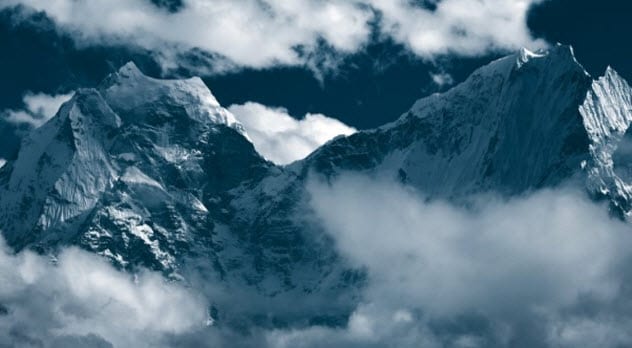
“At this time there was such a great cold that we almost froze to death in our quarters,” a soldier wrote in his diary whilst traveling through Germany in 1640. “And,” he went on, “on the road, three people did freeze to death: a cavalry-man, a woman, and a boy.” What is shocking about this entry is that it was written in August!
During the Little Ice Age, summers were often cool and wet. In Scotland, people reported that the that the Cairngorm Mountains were never without snow above 1200m. During this period, oranges which were typically grown during the summer months in China’s Jiangxi Province, could no longer be harvested.
6 It caused mass starvation
The increased periods of rain and unusually cold summers meant that crops died and entire harvests failed at an alarming rate. Wine became extremely difficult to grow and even fishing was affected, as cod migrated further south to the warmer waters around Africa. More northerly regions were especially badly hit. In Iceland, very few harvests survived, leading to the deaths of over half of the island’s population due to starvation.
A particularly dreadful period of the Little Ice Age was the Great Famine of 1315-22, where torrential periods of rain waterlogged agricultural areas and made planting crops impossible. Starvation and malnutrition quickly swept across Europe and it is estimated that the continent lost between 5 and 10 percent of its population to the famine.
One crop that did well out of the Little Ice Age was the potato, which grew successfully even in particularly cold conditions. In fact, its increased use by Europeans at that time is one of the main reasons it is such a popular staple of our diets today.
5 People blamed witches and others for their troubles
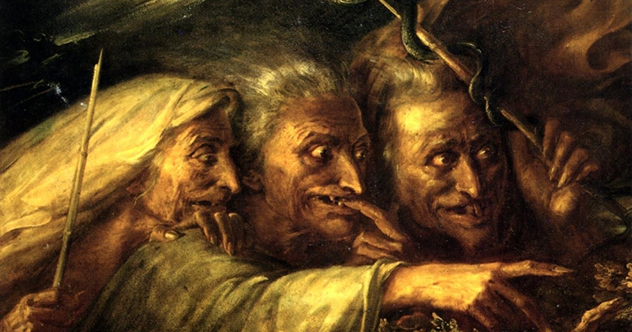
As starvation and freezing temperatures continued, people began looking for a scapegoat for their troubles. They focussed on witches as they believed the weather could only be manipulated by a supernatural force. Between 1560 and 1630, it’s estimated that over 45,000 people were tried and executed for witchcraft, the vast majority of whom were women. In many cases, the primary accusation against the victim was that they had tampered with the weather in order to cause the harvests to fail. The majority of executions involved burning the accused person at the stake as this was considered the most reliable way to destroy a witch.
Other scapegoats of the time included the Jewish population and other marginalized groups who were also the victims of much discrimination and acts of cruelty during this period.
4 It had a role in some of the biggest events in European history of the time
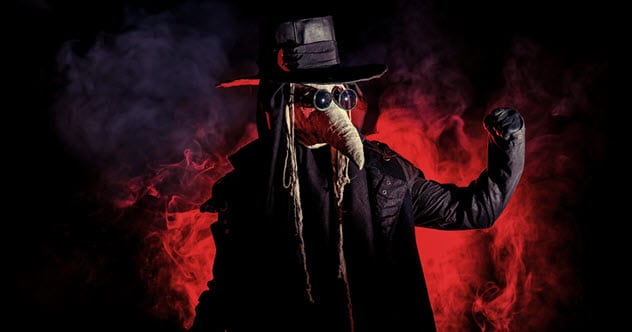
Some of the most well-known historical events in Europe can be linked to the effects of the Little Ice Age.
For instance, it is believed that the high levels of malnutrition and starvation which were caused by the Little Ice Age weakened people’s immune systems, allowing diseases such as the Black Death to become far more prevalent than they might have been. In 1588, the Spanish Armada was almost entirely wiped out by an Arctic hurricane which was formed due to the harsh conditions of the Little Ice Age and in 1666, the Great Fire of London, which claimed over 4/5ths of the city, was worsened by the extremely dry conditions that preceded the previously bitter winter.
But the Little Ice Age didn’t only have negative effects on history. Scientists suggest it may be responsible for creating the famed Stradivarius violins, produced by Antonio Stradivari in the seventeenth century. They claim that the freezing winters and cool summers caused a slowdown in the growth of trees which created denser wood. This denser wood was used by Stradivari to make his unique violins that have superior sound qualities and which people pay tens of thousands for today.
The Little Ice Age truly left its fingerprint on European history.
3 It was so cold that ‘frost fairs’ were held on the River Thames
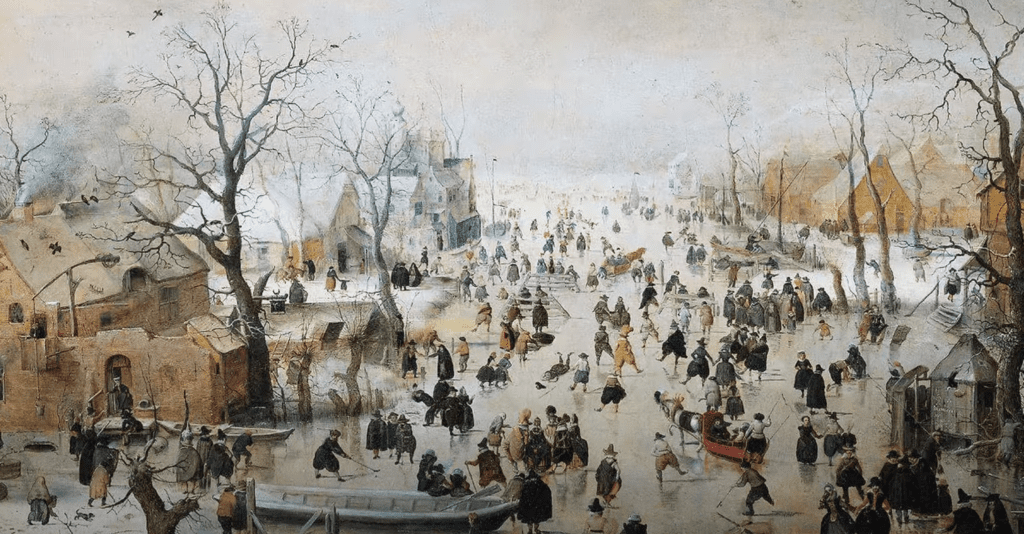
The River Thames in London was known to regularly freeze over during the winter months in the period of the Little Ice Age. This led to a new phenomenon called ‘frost fairs’. These fairs saw sellers set up their market stalls directly on the ice and sell to passers-by. Drinks were sold from hastily set-up pubs and children would take the opportunity to skate on the river, something that would be inconceivable in modern day London.
There was a total of seven major fairs held between 1607 and 1814 with many smaller fairs being held at other times too. Of course, holding huge fairs on ice did not come without its fair share of incidents. In 1739, a huge chunk of ice broke, swallowing many market stalls, tent’s and people. During another instance in 1789, a ship, which had been anchored to a house on the side of the Thames, was carried away by melting chunks of ice, causing it to pull the foundations from underneath the house. The building crumbled and resulted in the deaths of five people who were sleeping at the time.
2 It sparked a wave of new fashion trends
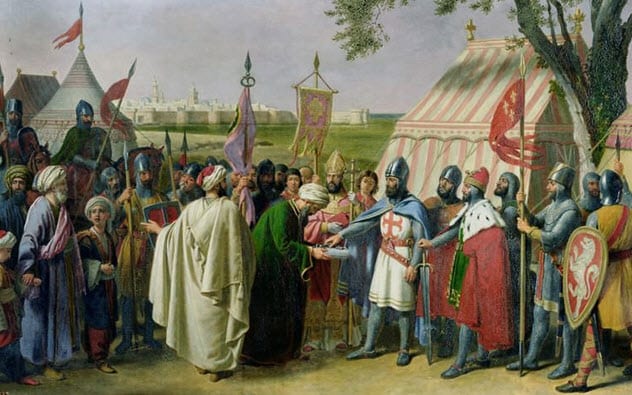
With extreme changes in the weather, people were forced to adapt their clothing. The sixteenth century saw a growth in the popularity of floor length coats and people tended to wear far more undergarments than before. Spanish dresses, which have survived until now, provide some evidence of the climate of the era. They are made up of several layers of fabric and the materials which are used are thick and heavy.
Of course, it should not be forgotten that keeping up with fashionable trends was a luxurious pastime that only the elite members of society could afford to do. Whilst they looked for new ways in which to remain warm whilst staying on-trend, peasants, which made up the majority of the population, were starving and fighting just to survive.
1 It may have caused the “Enlightenment”
There are theories that the Little Ice Age had such a significant impact on European society that it actually caused economic, social and intellectual changes that resulted in the period we now know as the Enlightenment.
German historian, Philipp Blom, argues that the freezing weather destroyed harvests and caused mass migration into cities. The quick growth in these cities led to the emergence of early capitalism. With this monumental change came a wave of new attitudes to religion, scientific thinking, society, art and culture. In order for communities to tackle the crisis together, the sharing of knowledge between different thinkers and regions became more widespread along with the trading of goods in order to survive. Blom even suggests that the sudden changes in weather and the way in which humans had to adapt is similar to the climate crisis the world is currently facing today and the adaptations people will have to make as it gets worse.
Top 10 Reasons Life Was Better In The ’90s
About The Author: My name is Aidan and I am interested in history, writing, reading and climbing. I have a BA in History and American Studies and an MA in Global History. I really enjoy researching stuff and coming up with new lists so Listverse is a great place to submit to.
